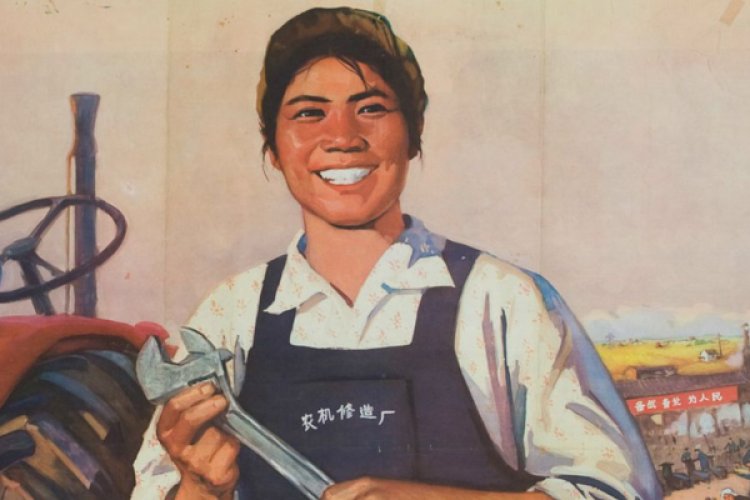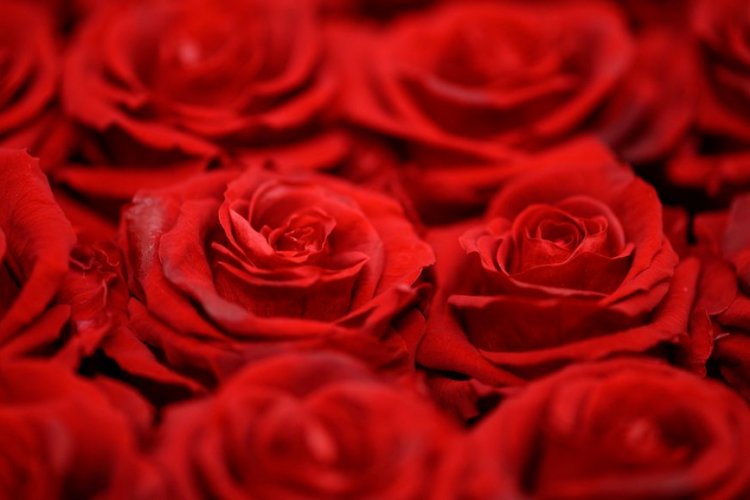The Lighter Side of China – Holiday Traditions
After celebrating Mother’s Day with my wife and kids this past week, I began thinking about how holidays in general are celebrated in China. In my opinion, Chinese festivals can pretty much be summed up as follows: family, food and a dose of spiritual context.
Every Chinese New Year, I excuse myself from the dining table, assume my position on my mother-in-law’s couch and write a note to my family and friends. It is a time for nostalgia, for looking back on the past year and ahead to the next, and to send my best wishes to all the people that I regret not spending enough time with. It is also my excuse for escaping the frequent Chinese ganbei (“bottoms up”) toasts that come my way.
For the Chinese, Spring Festival is like our Thanksgiving and Christmas wrapped into one. Like those holidays, it is a time where people put aside their own interests and celebrate the year in the company of others. Whereas Westerners usually celebrate the New Year with a party, the Chinese traditionally spend it with their immediate family members. For the past 18 years, I have participated in this celebration as an insider – and I relish every minute. There is a lot of eating, chatting, eating, playing mahjong, eating, gambling with dice, eating and of course the exchange of red envelopes. The tradition is for the older person to give the younger people (family members or close friends) a red envelope with cash inside. This past year my wife explained to me that even though I was the most immature among the adults, I still had to give money to the younger siblings.
How about other holidays? Now, I’m the type of person who believes there should be a monthly celebration of Mother’s Day. I also see Father’s Day as a well-deserved holiday for any father who plays a role in his family.
But Youth Day? C’mon. You must be kidding! I grew up believing what my parents always told me, “Every day is youth day.” Certainly there is huge pressure on kids in China today. As only children, they will be expected to take on the responsibility of caring for both their parents as they age; in some cases, this responsibility extends to their parents’ parents – that would be six dependents. A married couple from this generation could end up supporting 12 of their elders. These youth should certainly be celebrated. But for now, for those kids (or “Little Emperors,” as we marketers call them) whose parents are preoccupied with them morning, noon and night, Youth Day is a weekly and perhaps daily occurrence. We should call it more like “Youth Hour” than an annual “Youth Day.”
The Moon Festival, also known as the Mid-Autumn Festival, is another special time of the year. Although this is a holiday that originally celebrated some kind of legendary romance, to me it is more like a feast of a thousand Fig Newtons. In my first year in Asia, I almost overdosed on the mooncakes (though I was careful to extract the egg yolks from each one). Delightfully, mooncakes have moved on from fig to almost every other flavor. Today, I delight in splitting Haagen-Dazs mooncakes with my wife and kids.
Speaking of festival foods, I should not forget the zongzi that are enjoyed during every Dragon Boat Festival to commemorate a patriotic poet who drowned himself in a river. I am less of a fan of these rice dumplings wrapped in bamboo leaves, but I can imagine that they were much appreciated by the river fish in the river who were supposed to nibble on the zongzi instead of the poet. Personally, I think the fish would favor the sweet zongzi with the red bean filling over the meat-based version.
I also shouldn’t forget the consumption of yuanxiao, the glutinous rice balls of Lantern Festival that symbolize harmony and togetherness, and bring good luck to the family. I tend to like these more, but in moderation.
Finally, I cannot write about Chinese holidays without mentioning Tomb Sweeping Day (Qingming Festival). This special holiday, set aside to remember one’s ancestors, involves visits to gravesites and the burning of spirit money and paper replicas of material goods.
I recently heard of a family burning a Mercedes, an Armani suit, some fruit and an iPhone for the dearly departed. I couldn’t help wondering if it was the iPhone 4S. I also wondered how old the ancestor was and if they would be able to converse with Siri.
During Tomb Sweeping Day, I mentioned to my wife how much I respected this holiday and asked her what replicas of material goods she would burn as offerings to me. She said the La-Z-Boy was out of the question. Then she told me she would burn paper versions of green leafy vegetables and tofu, and some dirty dishes so I could help with the chores. And of course, she would send a replica of our exercise machine. I smiled and promised her I will be sticking around for awhile.
Scott Kronick is president of Ogilvy Public Relations Worldwide, North Asia.
Photo: DeccanChronicle.com






